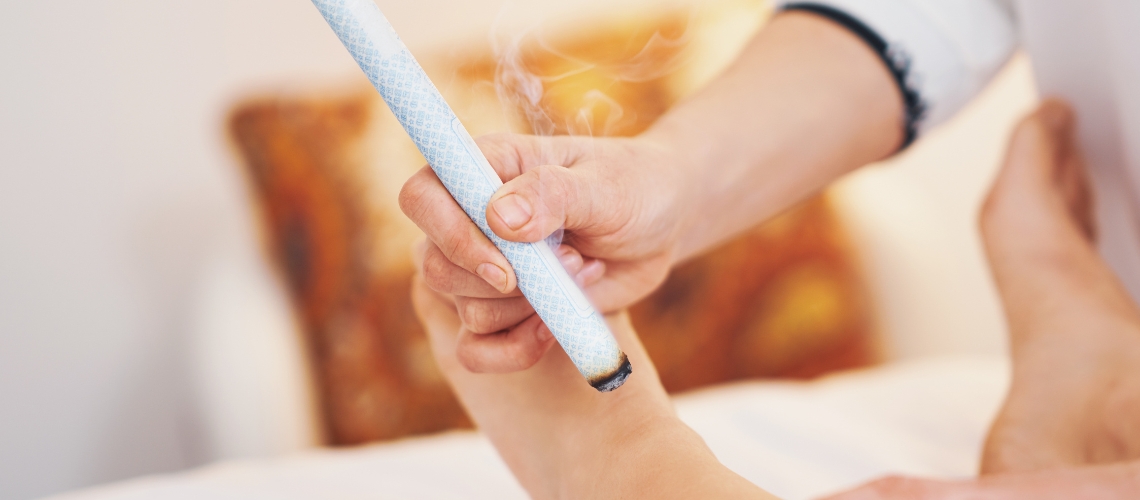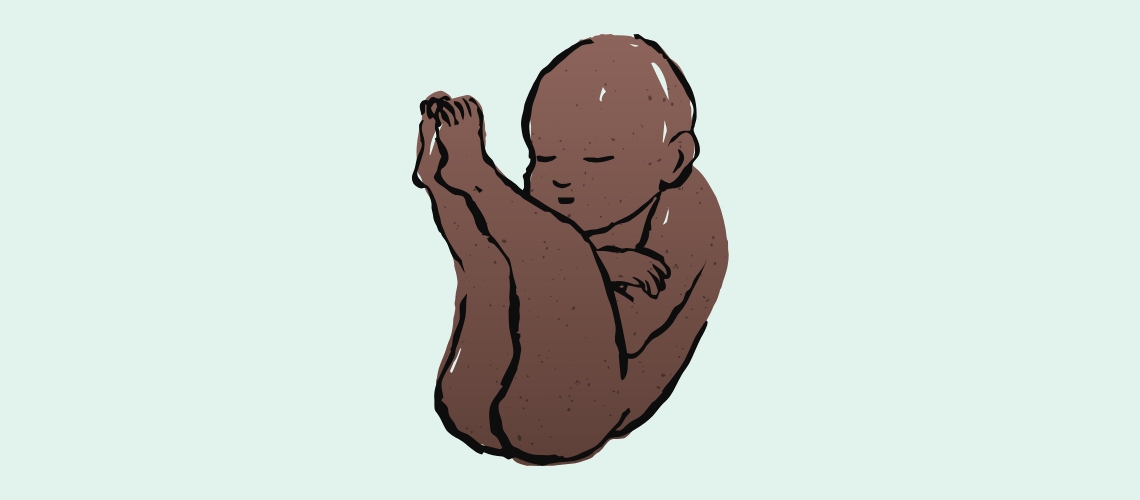

Moxibustion involves burning a stick made of dried mugwort (a herb called Artemisia vulgaris) near specific acupuncture points on the body. The warmth stimulates energy flow (called qi in Traditional Chinese Medicine), improves circulation, and can influence uterine activity and fetal movement.
The most common method used in pregnancy is indirect moxibustion, where the moxa stick is held just above the skin — never touching — usually near the outer edge of the little toe, at a point called Bladder 67 (BL67).
The goal? To gently encourage your baby to move into a head-down (or vertex) position.
If your baby is still breech at 32–36 weeks, your care provider may begin discussing options. Moxibustion is a non-invasive, low-risk approach that may help stimulate your baby to turn before considering more clinical options like External Cephalic Version (ECV) or caesarean birth.
Some of the potential benefits include:
✅ Encouraging spontaneous version of breech babies
✅ Improving blood flow to the uterus
✅ Supporting relaxation and balance in the body
✅ Offering a natural, proactive option to try at home
Several studies suggest moxibustion may increase the chances of a breech baby turning head-down before birth:
Bottom line: While not guaranteed, moxibustion is a low-risk option with growing evidence that it can help some babies turn — especially when used around 34–36 weeks.

Timing is crucial. Here's a general guideline:
After 36 weeks: It can still be worth trying, but the chances of a successful version naturally decrease as the baby grows and space becomes limited.
Moxibustion is generally considered safe when used properly and in consultation with a qualified professional. The technique is non-invasive and doesn’t involve inserting needles or applying heat directly to the skin.
That said, it’s important to:
If you visit a licensed provider, they may:
Some doulas and birth educators may also provide education or refer you to at-home moxibustion kits — always check that these are sourced responsibly and come with clear guidance.
Many parents report a sense of empowerment and relaxation from using moxibustion — whether or not their baby turns. For some, it complements other methods like positional exercises or massage; for others, it’s a gentle introduction to the mind-body connection that birth often asks of us.
Moxibustion isn’t a standalone fix — but it can be a helpful part of a holistic approach. It’s most effective when paired with:
If you're facing a breech presentation and looking for natural, non-invasive options, moxibustion could be a valuable tool to explore. With growing evidence, expert support, and a long tradition of use, it offers a gentle nudge in the right direction — literally.
Remember: every baby is different, and every birth path is valid. Whether your little one turns or not, you're making informed, loving choices.